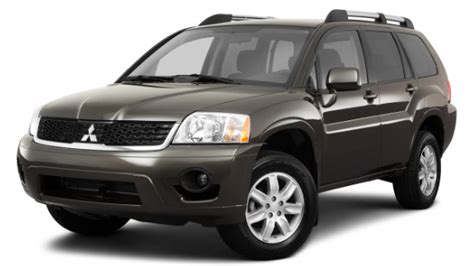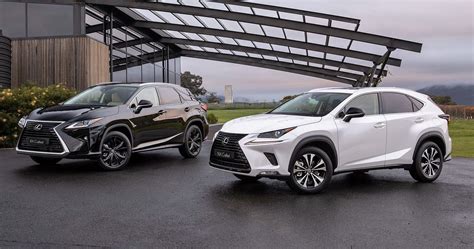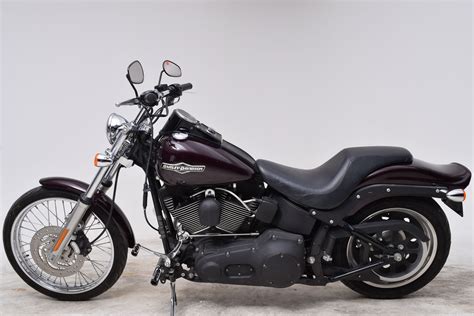
Mitsubishi Endeavor: A Journey of Avoidance
The Mitsubishi Endeavor, a mid-size SUV that debuted in 2003, faced a tumultuous journey marked by numerous attempts to evade challenges and avoid potential pitfalls. This article delves into the various strategies and tactics employed by Mitsubishi in an effort to navigate a competitive automotive landscape.
Missed Opportunities: A Pattern of Neglect
Mitsubishi's initial approach to the Endeavor revealed a pattern of missed opportunities. The vehicle suffered from a lack of refinement, with subpar interior materials and unimpressive performance. Furthermore, the Endeavor's exterior design failed to capture the imagination of consumers, lacking the bold and distinctive features that characterized its competitors.
Ignoring Market Trends: A Costly Oversight
As the SUV market evolved, Mitsubishi remained steadfast in its refusal to adapt to changing consumer preferences. While rivals introduced models with enhanced fuel efficiency, advanced safety features, and cutting-edge technology, the Endeavor remained largely unchanged. This complacency resulted in waning interest among potential buyers.
Lack of Marketing Support: A Missed Chance to Connect
Mitsubishi's marketing efforts for the Endeavor fell short of expectations. The company failed to allocate sufficient resources to promote the vehicle effectively, resulting in a lack of awareness and consideration among consumers. This oversight hindered the Endeavor's ability to gain traction in the marketplace.
Price Positioning: A Struggle to Find the Sweet Spot
Mitsubishi's pricing strategy for the Endeavor proved to be a double-edged sword. Initially priced competitively, the Endeavor failed to stand out from its rivals, which offered more value for the money. Subsequent price increases further alienated consumers, who perceived the Endeavor as overpriced and lacking in value.
Quality Control Issues: A Reputation Tarnished
Mitsubishi's reputation for quality took a hit due to a series of well-publicized problems with the Endeavor. Recalls for various issues, ranging from faulty brakes to transmission problems, eroded consumer confidence and damaged the vehicle's overall image.
Lack of Innovation: A Failure to Keep Pace
Mitsubishi's failure to innovate and introduce meaningful updates to the Endeavor contributed to its declining appeal. While competitors unveiled new models with advanced features and technologies, the Endeavor remained stagnant, failing to excite potential buyers.
Discontinuation: A Signal of Defeat
In 2011, Mitsubishi finally pulled the plug on the Endeavor, marking the end of a disappointing journey. The discontinuation of the model signaled Mitsubishi's acknowledgment of its inability to compete effectively in the mid-size SUV segment.
Lessons Learned: A Path Forward
The Endeavor's failure served as a valuable lesson for Mitsubishi. The company recognized the need to invest in product development, enhance quality control, and adapt to changing market trends. These lessons have guided Mitsubishi's subsequent product strategies, resulting in more competitive and successful vehicles.
Conclusion: A Journey of Avoidance Ends
Mitsubishi's efforts to avoid challenges and pitfalls with the Endeavor ultimately proved unsuccessful. The vehicle's shortcomings and Mitsubishi's missteps led to its demise. However, the lessons learned from this experience have helped Mitsubishi forge a path forward, focusing on innovation, quality, and customer satisfaction.

